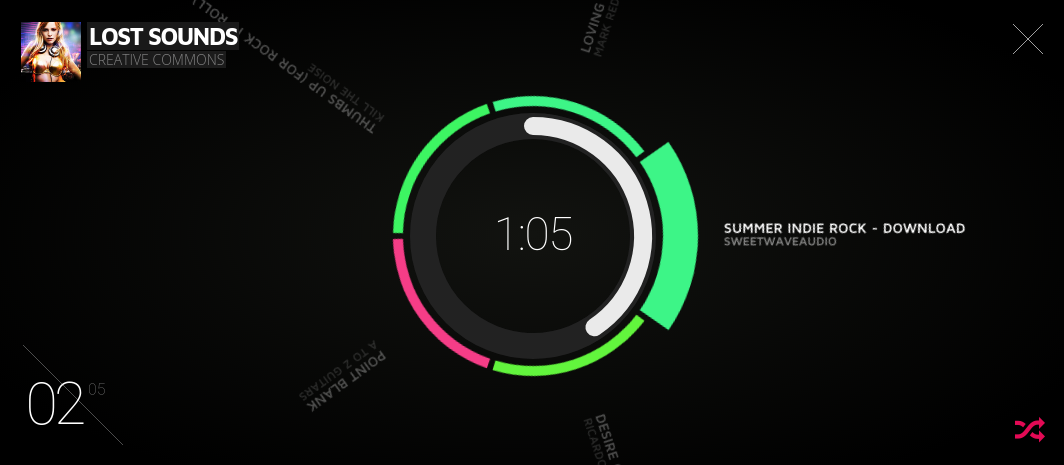


The player can be extended even further with a YouTube API for Flash and HTML5, auto-translation powered by Google Translate, and much more. The player is fully skinnable and supports such useful bells and whistles as Ambilight, the element, and full-screen video to give visitors a more enjoyable audio and video experience. Moving on, MediaElement.js offers extensive customization. This is an essential feature of the player, as it eliminates any worries you may have when it comes to users with different browsing preferences. The player addresses compatibility issues intelligently by employing custom Flash and Silverlight players that emulate the HTML5 MediaElement API on older browsers. MediaElement.js offers both audio and video playing capability via pure HTML and CSS. durationSpan-width-long: var(-timer-long-size) positionDurationBox-width-long: var(-timer-long-size) positionDurationBox-width: var(-timer-size) fullscreenButton-width: var(-button-size) closedCaptionButton-width: var(-button-size) clickToPlay-width: var(-clickToPlay-size) See videocontrols.js and search for |-width|. * Do not delete: these variables are accessed by JavaScript directly. * Some CSS custom properties defined here are referenced by videocontrols.js */ */įont: normal normal normal 100%/normal sans-serif !important If a copy of the MPL was not distributed with this
#Html5 audio player css code#
* This Source Code Form is subject to the terms of the Mozilla Public If you use your inspector tool in FF you will see these styles.
#Html5 audio player css windows#
If you want to know what all is involved with the default styles from firefox on windows just take a look at the mozilla videocontrols.css file. So it sounds like you can give the main block container round corners with border-radius. To get a consistent look and feel across browsers, you’ll need to create custom controls these can be marked up and styled in whatever way you want, and then JavaScript can be used along with the HTMLMediaElement API to wire up their functionality. change the button size or icons, change the font, etc.), and the controls are different across the different browsers. You can’t however style the individual components inside the audio player (e.g. You can style the default controls with properties that affect the block as a single unit, so for example you can give it a border and border-radius, padding, margin, etc. The default controls have a display value of inline by default, and it is often a good idea set the value to block to improve control over positioning and layout, unless you want it to sit within a text block or similar. The element has no intrinsic visual output of its own unless the controls attribute is specified, in which case the browser’s default controls are shown. See the element “Styling with CSS” in the usage notes at MDN.

I suspect the video player is similar to form controls, there will probably be some styles you can’t override or change. Also keep in mind that the users default player is what they are used to seeing anyways. Seeing how your pressed for time it would be best not to worry about it now. Is there a way to make the player look like the second example or style things even more to my liking?


 0 kommentar(er)
0 kommentar(er)
